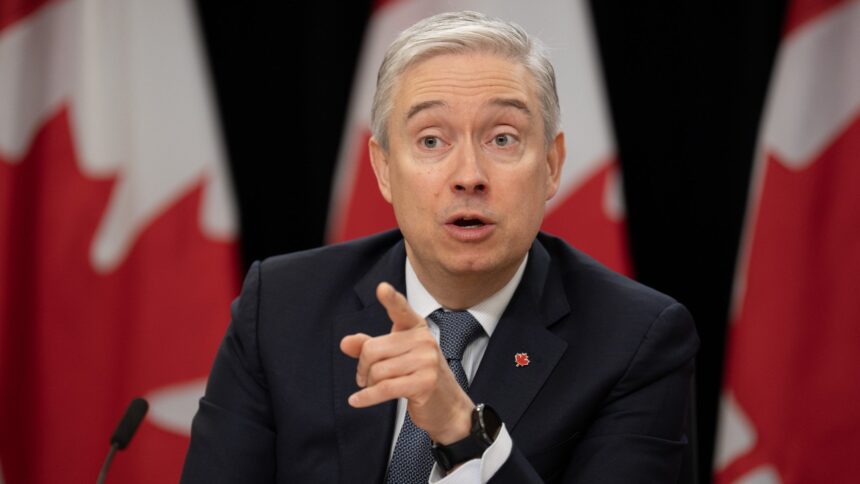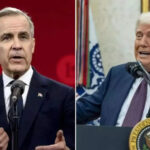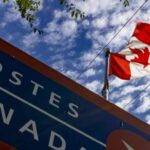The rift between Ottawa and Washington deepened Thursday as Finance Minister François-Philippe Champagne directly contradicted a widely-cited economic report claiming Canada had quietly removed most retaliatory tariffs against the United States, insisting that nearly all countermeasures remain firmly in place.
“I want to be crystal clear – approximately 90% of Canada’s countermeasures on American goods are still in effect,” Champagne declared during a press conference in Toronto, responding to the Oxford Economics analysis that had sent ripples through North American trade circles earlier this week.
The report, released Tuesday by the respected economic research firm, had asserted that Canada had eliminated most of its retaliatory tariffs on U.S. imports, suggesting a potential softening in Canada’s trade stance amid ongoing tensions with its largest trading partner. The analysis had caught the attention of investors and policymakers on both sides of the border.
The dispute highlights the increasingly complex trade relationship between the two nations that conduct nearly $3 billion in daily cross-border commerce. Trade tensions have escalated since President Biden’s administration implemented a series of protectionist measures, including significant tariffs on Canadian aluminum and steel imports and the controversial electric vehicle tax credits that many Canadian policymakers view as discriminatory.
Champagne emphasized that Canada’s position remains unchanged. “We have been consistent and clear from day one – we will defend Canadian workers and industries with proportionate and targeted countermeasures when faced with unwarranted trade restrictions,” he stated.
Sources within the Department of Finance confirmed to CO24 that while some minor adjustments have been made to specific tariff codes for administrative purposes, the overall scope and economic impact of Canada’s retaliatory measures remain largely unchanged since their implementation.
Industry analysts note that the confusion may stem from technical recalibrations within Canada’s tariff schedule rather than substantive policy shifts. “What we’re seeing is likely routine administrative adjustments rather than a fundamental change in Canada’s trade strategy,” explained Meredith Wilson, senior trade policy analyst at the Canadian Institute for International Affairs.
The tariff dispute represents just one facet of an increasingly strained economic relationship. Canada continues to voice concerns about the Inflation Reduction Act, which offers generous subsidies to U.S. manufacturers, potentially drawing investment away from Canadian operations. Meanwhile, longstanding disagreements over softwood lumber and dairy market access remain unresolved.
Canada’s Ambassador to the United States, Kirsten Hillman, has been engaged in ongoing discussions with U.S. Trade Representative Katherine Tai, seeking to address these concerns through diplomatic channels. “We remain committed to dialogue, but will not hesitate to defend Canadian economic interests,” Hillman stated in a recent interview.
The economic stakes are particularly high for Canada’s manufacturing sector, which employs approximately 1.7 million workers and relies heavily on integrated supply chains with U.S. partners. A recent analysis by Statistics Canada indicated that roughly 60% of Canada’s exports to the United States contain components that have crossed the border multiple times during production, underscoring the deeply interconnected nature of the two economies.
For Canadian businesses navigating this uncertain trade landscape, clarity on tariff policies is crucial for planning and investment decisions. “The contradictory information creates additional challenges for companies already dealing with significant market volatility,” noted Caroline Deschênes, vice president of international trade at the Canadian Chamber of Commerce.
As both nations approach election cycles – Canada potentially facing a federal election by 2025 and the U.S. presidential election this November – trade experts warn that economic nationalism could further complicate bilateral relations. The question remains: can Canada and the United States find a path toward resolving these disputes that serves both countries’ interests, or are we witnessing the beginning of a more permanent shift in North America’s economic partnership?

























